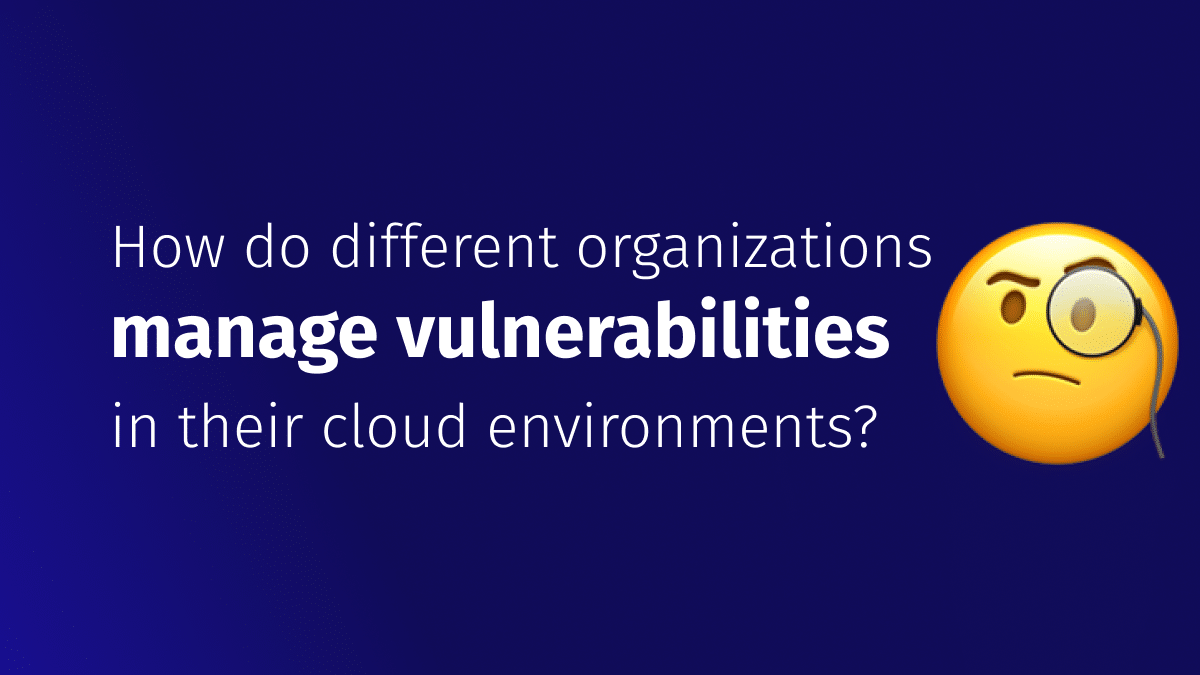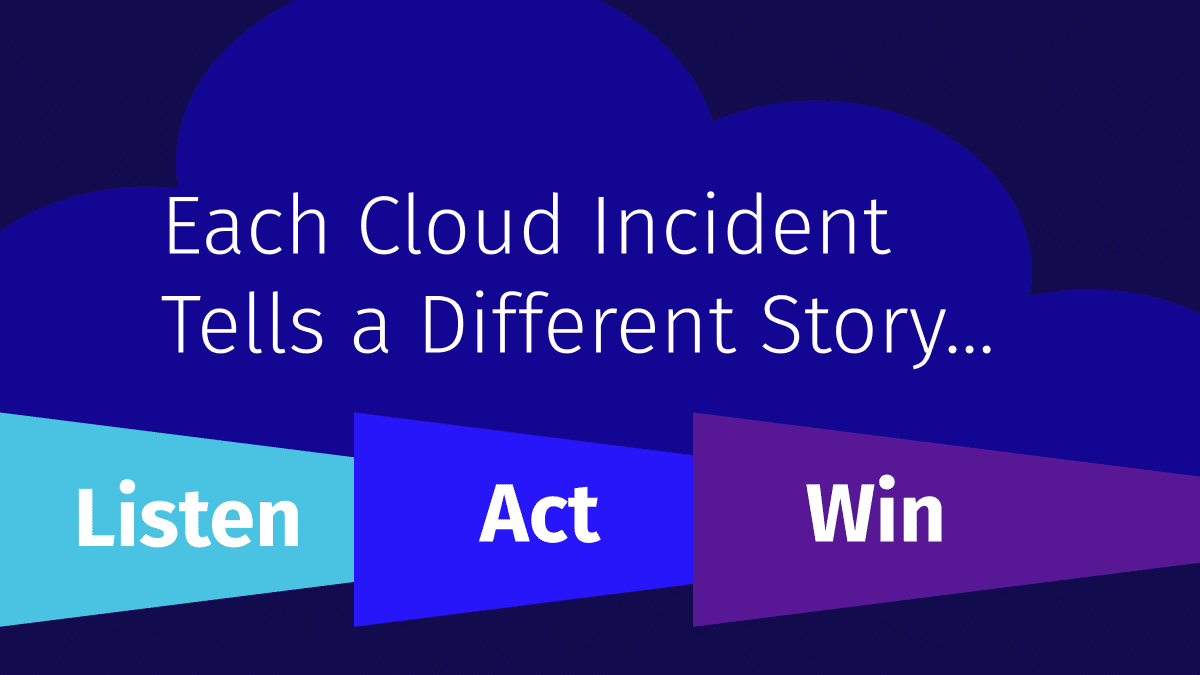How do different organizations manage vulnerabilities in their cloud environments?
Everyone talks about it, now one knows how others do it. Until now. Read on… What...

Aug 20, 2025
Cloud security is often divided into two: Runtime Security and Static Security. While both are crucial to protecting cloud environments, they differ significantly in their objectives, methodologies, and effectiveness against different types of threats. Understanding these differences helps organizations build a robust security strategy by leveraging the strengths of both.
Static security focuses on mitigating threats before they happen. It involves analyzing system configurations, vulnerabilities, and policies to identify potential risks and mitigating them or explicitly accepting them. The goal is to harden cloud environments as much as possible, by addressing known threats and misconfigurations before attackers can exploit them.
Runtime security, on the other hand, aims to detect active threats in real time and respond immediately. It monitors live activity in the cloud environment, allowing security teams to react instantly to security incidents. Unlike static security, runtime security is effective against zero-day attacks by identifying anomalous behaviors.
Static security improves cloud security by requiring organizations to harden their machines, configurations, and software components. It aligns with the “shift-left” strategy and typically involves:
While this approach significantly reduces the attack surface, it focuses on known threats that have already been documented.
Runtime security enhances security by providing real-time threat detection and response. It “shields to the right and typically offers:
Since runtime security examines live activity, it can detect and prevent compromises as they happen, making it highly effective against zero-day exploits and advanced persistent threats (APTs).
| Feature | Static security | Runtime security |
| Threat visibility | Pre-attack threats (known vulnerabilities) | Active threats (real-time attacks) |
| Effectiveness | Good for known threats, but misses unknown threats | Effective against both known and unknown threats |
| Response time | Requires manual patching and mitigation | Instant detection and automated response |
| Operational overhead | High (constant monitoring and fixes required) | Low (automation reduces manual workload) |
Users must regularly patch vulnerabilities and fix misconfigurations to keep their cloud environments secure. This often involves patching software, updating security policies, and enforcing compliance measures.
Runtime security solutions can respond automatically to detected threats. This means that users can focus on high-level security strategy instead of manually addressing every individual threat.
Static security can be enhanced by integrating runtime data. For example:
Conversely, runtime security can leverage static security insights:
A thorough cloud security strategy requires both static and runtime security because:
By combining these two approaches, organizations can build a proactive and reactive security model, ensuring robust protection in the dynamic cloud environment.
Cloud security is evolving rapidly, and understanding the differences between runtime and static security is key to building a robust defense against modern threats. Static security focuses on preemptively identifying vulnerabilities and misconfigurations, reducing the attack surface before deployment. Runtime security, however, takes protection to the next level by continuously monitoring live environments, detecting real-time threats, and responding instantly to attacks, including zero-day exploits. Together, these approaches create a comprehensive security framework that combines proactive prevention with reactive defense.
ARMO simplifies this complexity by offering a single cybersecurity platform that integrates both static and runtime security capabilities. With the rise in cloud-native threats and the growing sophistication of cyberattacks, ARMO Platform empowers organizations to protect their workloads dynamically while maintaining compliance and operational efficiency. Try ARMO today to experience how its innovative approach redefines cloud security, ensuring your systems remain secure during both development and active operation.
ARMO integrates both runtime and static security approaches into a unified platform, enabling comprehensive protection across the entire cloud-native lifecycle.
Static security is addressed through features like vulnerability management, misconfiguration scanning, and compliance checks during development and deployment phases. These capabilities align with the “shift-left” strategy, ensuring that potential issues are identified and mitigated before workloads go live.
For runtime security or Cloud Application Detection and Response (CADR) , ARMO leverages advanced technologies like eBPF to monitor live application behavior, detect anomalies, and respond to threats in real time. Which is the “shield-right” strategy.
Furthermore, ARMO Platform creates a feedback loop that enhances both proactive prevention and reactive defense. Providing posture context in runtime allows CADR to account for accepted risks when scanning for security incidents. Providing runtime context for posture management helps users know what configuration changes can be made without breaking applications and informs automated network policy creation and seccomp profile generation.
ARMO Platform provides the full library of Kubescape security controls. These controls map to well-known security frameworks, such as CIS Benchmarks, MITRE ATT&CK and SOC 2.
Users of ARMO Platform can select one or more frameworks to scan against or create their own organizational framework, by selecting the security controls they want to test.

Everyone talks about it, now one knows how others do it. Until now. Read on… What...

Why most security findings are noise and and how to focus on what actually matters?...

Let’s be honest. Most cloud security alerts feel like trying to read a book with...